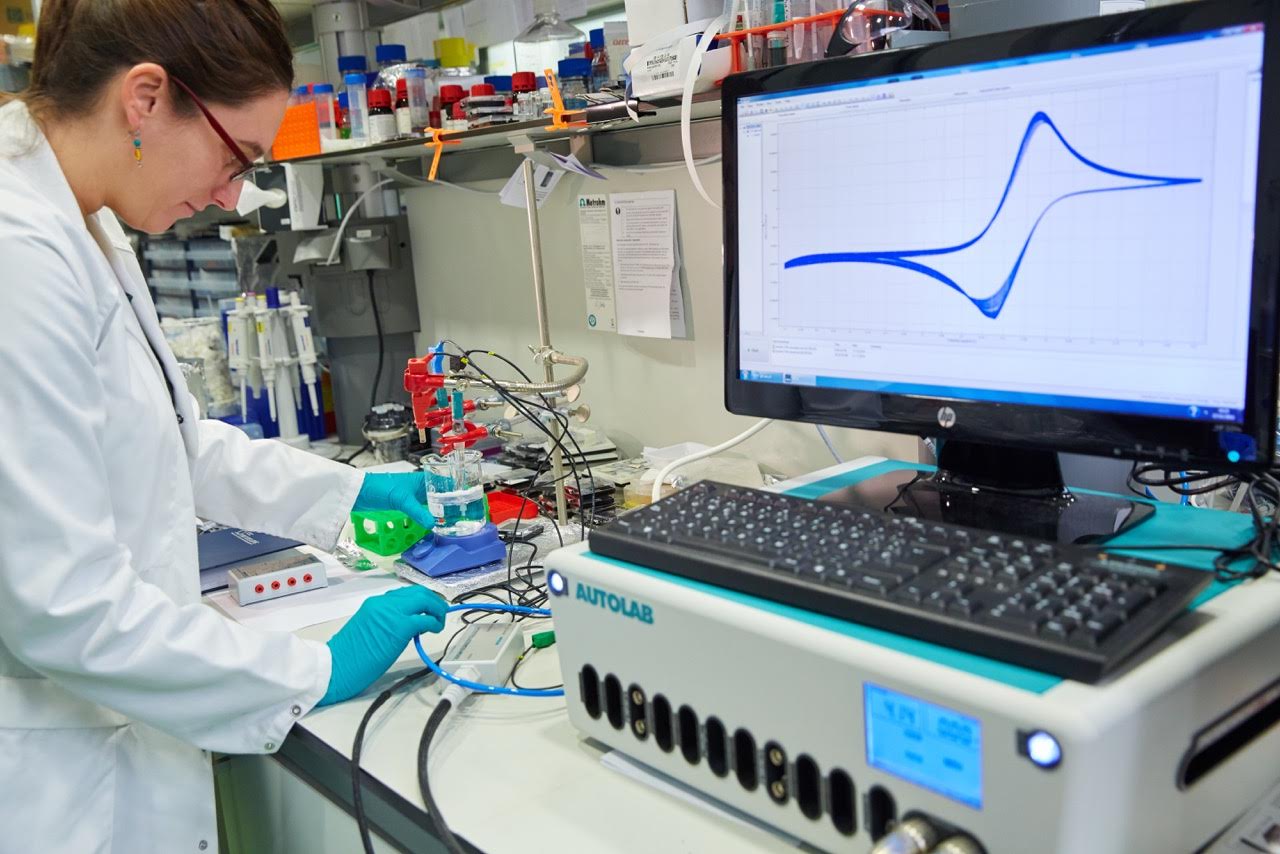CIC nanoGUNE is participating in two European projects to train young researchers
NanoGUNE is set to participate in two new projects on quantum electronics and hybrid coatings in one of Europe’s most competitive programs, the European Union’s Initial Training Networks (ITN), starting January 2018. Through this participation the center will be receiving nearly half a million euros for each project for the coming four years.

The European Union’s Training Networks bring together universities, research centers and companies from various countries across the world to train a new generation of researchers. This grant encourages scientific excellence and business innovation as well as the career prospects of researchers by developing their entrepreneurial, creative and innovative skills.
These networks are geared towards training young researchers known as ESRs (Early Stage Researchers), who have not obtained their PhDs and who are in their first 4 years of research. In 2018, nanoGUNE will welcome four of them to participate in the QuESTech and HYCOAT projects in nanoGUNE’s Nanodevices and Nanomaterials groups, respectively. The call to apply for any of these four grants is still open via the center’s website www.nanogune.eu. These young researchers will be trained in the fields of quantum electronics and hybrid coatings.
QuESTech
NanoGUNE’s Nanodevices group is participating in the QuESTech (Quantum Electronics Science and Technology training) project, which will be setting up a European network of experts to offer cutting-edge training to young researchers in the field of quantum electronics. The aim of this project is to build, study and classify quantum electronic devices. QuESTech will be training 15 young researchers in the subfields of spintronics, single electronics, quantum dots and quantum thermodynamics. The individual research projects will include technological developments, such as nanomaterials growth, nanostructuring, close field microscopy, transport measurement under extreme conditions and theoretical calculations. Several of the QuESTech results have already been identified as being of commercial interest for the emerging quantum electronics industry.
HYCOAT
Thin films of hybrid materials designed on a molecular scale can enable advances to take place in a range of significant fields such as packaging and encapsulation, electronics, batteries and biomedical applications. MLD (Molecular Layer Deposition) is the ideal deposition technique for growing ultra-thin, uniform hybrid films and offers precise, flexible control of the film thickness and chemical composition on a molecular scale. The aim of the HYCOAT European Training Network, in which nanoGUNE’s Nanomaterials group is participating, is to set up a group of well-trained young researchers who have in-depth knowledge about all aspects of MLD technology as well as a broad view of the potential for application of hybrid coatings.
As nanoGUNE’s director Jose María Pitarke explained, “these projects provide international prestige not only for the pre-doctoral researcher (who is going to train in a group of excellence) but also for the host institution (which receives international researchers through one of Europe’s most competitive PhD programs)”. Pitarke went on to point out that “being part of these projects opens up the doors to other future projects. This is a strong point hugely valued by the European Commission and auditors when it comes to awarding funding. Finally, “it allows new contact networks to be set up; these benefit young researchers, because strong links are built with the institutions in the consortium; such contacts may continue and offer benefits once the program has come to an end,” he added.
